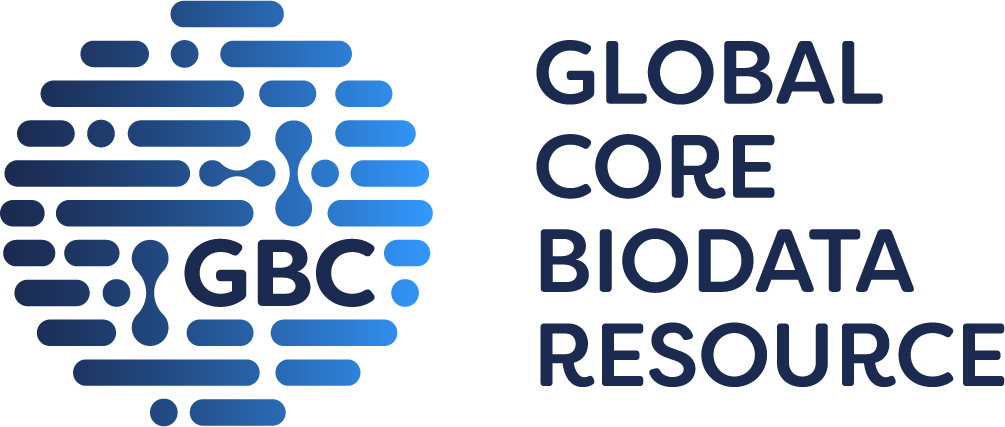
GtoPdb is requesting financial support from commercial users. Please see our sustainability page for more information.
Paramyotonia Congenita of Von Eulenburg

GtoPdb Disease Summaries
This section gives an overview of the disease, and where available shows the following:
- Synonyms: Shows known synonyms for the disease.
- Description: Gives a basic description/definition of the disease.
- Database Link: External links to the same disease at the Disease Ontology, OMIM or Orphanet sites.
- Immunopharmacology comments: General comments about the target's role in immunopharmacology, provided by GtoImmuPdb curators.
- Associated with: Counts are displayed for the total targets the disease is associated with in GtoPdb. The counts of targets and ligands of immunological relevance associated to the disease are also shown.
More information can be found in the help pages.
✖| Disease ID: | 730 | |
| Name: | Paramyotonia Congenita of Von Eulenburg | |
| Associated with: | 1 target | |
Targets

GtoPdb Disease Summaries - Targets
Click on the target name to link to its detailed view page
Where available, information is display on the role of the target in the disease; drugs which target the disease and their therapeutic use and side-effects.
If there is mutation data curated in GtoPdb this is indicated, with a link back to the appropriate section on the target detailed view page
Immuno ligand interactions - If available, a table of immuno-relevant ligands is shown. These ligands have been curated as having an association to the disease and possess interaction data with the target in GtoPdb. The approval status of the ligand is shown, along with curator comments and an indication of whether the target is considered the primary target of the ligand.
More information can be found in the help pages.
✖| Nav1.4 | |
| References: | 4,8,10 |
| Mutations: | Nav1.4 is associated with 17 mutation. Click here for details  |
Ligands

GtoPdb Disease Summaries - Ligands
Click ligand name to view ligand summary page
- Approved: If the ligand is an approved drug this is indicated, along with approval bodies.
- Immuno: Immuno icon indicates the ligand is immuno-relevant
Click the arrow in the final column to expand comments
- Immuno Disease Comments: Curatorial comments specifically added as part of GtoImmuPdb. They give more information on the association between the ligand and disease in the context of immunopharmacology.
- Clinical Use: General clinical comments relating to the ligand and may not necessarily be specific to the disease in question. With hyperlink to more details on the ligand summary pages.
- Bioactivty Comments: Curatorial comments specifically about the compounds biological activity - with hyperlink to more details on the ligand summary pages.
More information can be found in the help pages.
✖No ligand related data available for Paramyotonia Congenita of Von Eulenburg
References
1. Arzel-Hézode M, Sternberg D, Tabti N, Vicart S, Goizet C, Eymard B, Fontaine B, Fournier E. (2010) Homozygosity for dominant mutations increases severity of muscle channelopathies. Muscle Nerve, 41 (4): 470-7. [PMID:19882638]
2. Bendahhou S, Cummins TR, Kwiecinski H, Waxman SG, Ptácek LJ. (1999) Characterization of a new sodium channel mutation at arginine 1448 associated with moderate Paramyotonia congenita in humans. J Physiol (Lond.), 518 ( Pt 2): 337-44. [PMID:10381583]
3. Bouhours M, Sternberg D, Davoine CS, Ferrer X, Willer JC, Fontaine B, Tabti N. (2004) Functional characterization and cold sensitivity of T1313A, a new mutation of the skeletal muscle sodium channel causing paramyotonia congenita in humans. J Physiol (Lond.), 554 (Pt 3): 635-47. [PMID:14617673]
4. Cannon SC. (2002) An expanding view for the molecular basis of familial periodic paralysis. Neuromuscul Disord, 12 (6): 533-43. [PMID:12117476]
5. Dice MS, Abbruzzese JL, Wheeler JT, Groome JR, Fujimoto E, Ruben PC. (2004) Temperature-sensitive defects in paramyotonia congenita mutants R1448C and T1313M. Muscle Nerve, 30 (3): 277-88. [PMID:15318338]
6. Fleischhauer R, Mitrovic N, Deymeer F, Lehmann-Horn F, Lerche H. (1998) Effects of temperature and mexiletine on the F1473S Na+ channel mutation causing paramyotonia congenita. Pflugers Arch, 436 (5): 757-65. [PMID:9716710]
7. Gay S, Dupuis D, Faivre L, Masurel-Paulet A, Labenne M, Colombani M, Soichot P, Huet F, Hainque B, Sternberg D et al.. (2008) Severe neonatal non-dystrophic myotonia secondary to a novel mutation of the voltage-gated sodium channel (SCN4A) gene. Am J Med Genet A, 146 (3): 380-3. [PMID:18203179]
8. George AL. (2005) Inherited disorders of voltage-gated sodium channels. J Clin Invest, 115 (8): 1990-9. [PMID:16075039]
9. Green DS, George AL, Cannon SC. (1998) Human sodium channel gating defects caused by missense mutations in S6 segments associated with myotonia: S804F and V1293I. J Physiol (Lond.), 510 ( Pt 3): 685-94. [PMID:9660885]
10. Lehmann-Horn F, Jurkat-Rott K. (1999) Voltage-gated ion channels and hereditary disease. Physiol Rev, 79 (4): 1317-72. [PMID:10508236]
11. Lehmann-Horn F, Rüdel R, Ricker K. (1993) Non-dystrophic myotonias and periodic paralyses. A European Neuromuscular Center Workshop held 4-6 October 1992, Ulm, Germany. Neuromuscul Disord, 3 (2): 161-8. [PMID:7689382]
12. Lerche H, Mitrovic N, Dubowitz V, Lehmann-Horn F. (1996) Paramyotonia congenita: the R1448P Na+ channel mutation in adult human skeletal muscle. Ann Neurol, 39 (5): 599-608. [PMID:8619545]
13. Okuda S, Kanda F, Nishimoto K, Sasaki R, Chihara K. (2001) Hyperkalemic periodic paralysis and paramyotonia congenita--a novel sodium channel mutation. J Neurol, 248 (11): 1003-4. [PMID:11757950]
14. Ptacek LJ, Gouw L, Kwieciński H, McManis P, Mendell JR, Barohn RJ, George Jr AL, Barchi RL, Robertson M, Leppert MF. (1993) Sodium channel mutations in paramyotonia congenita and hyperkalemic periodic paralysis. Ann Neurol, 33 (3): 300-7. [PMID:8388676]
15. Ptácek LJ, George Jr AL, Barchi RL, Griggs RC, Riggs JE, Robertson M, Leppert MF. (1992) Mutations in an S4 segment of the adult skeletal muscle sodium channel cause paramyotonia congenita. Neuron, 8 (5): 891-7. [PMID:1316765]
16. Wu FF, Takahashi MP, Pegoraro E, Angelini C, Colleselli P, Cannon SC, Hoffman EP. (2001) A new mutation in a family with cold-aggravated myotonia disrupts Na(+) channel inactivation. Neurology, 56 (7): 878-84. [PMID:11294924]







